The origin of “WD-XL” is well understood (I believe), which is a reference to the popular lubricant brand name. WD is the same old name, while XL is not only the Roman numeral of the original product name, but also the target of this font. “Lubrifont” is just... a font of lubricant?
WD-XL Lubrifont is based on ZCOOL QingKe HuangYou with additional characters for Traditional Chinese, fixing the symbols and punctuations while also adding more symbols for Chinese typesetting (e.g. hanyu pinyin and bopomofo). This font had also fixed numeral problems of the original font:

The introduction of original HuangYou on Google Fonts is as follow:

However, upon close inspection, some of the characters did not have the iconic 45° notched lower right corner. Now all the characters shall have similar visual appearance:

The Latin part of WD-XL Lubrifont is also fixed for better typesetting.

The font has not been updated for years. Apart from fixing problems in WD-XL Lubrifont, it also hears the voices from Traditional Chinese communities and adapt an appropriate version of font, WD-XL Lubrifont TC. TC version refers to Inherited Glyphs recommendation, one of the orthodox version of printed Chinese characters while keeping the original style.

WD-XL Lubrifont also makes hanyu pinyin, bopomofo, Pe̍h-ōe-jī and Tâi-lô! You can use this font to make professional Chinese typesetting!
| Hànyǔ pīnyīn | ㄓㄨˋ ㄧㄣ |
| Pe̍h-ōe-jī | Tâi-lô |
More OpenType features will be added to WD-XL Lubrifont in the future, stay tuned!
No! WD-XL Lubrifont inherits SIL Open Font License from the Google Fonts version of ZCOOL QingKe HuangYou, and thus it is free of charges! You may read the detailed license here or SC translation/TC translation.
WD-XL Lubrifont provides 4 different regional fonts, which are SC, TC, JPS and JPN. SC is for Simplified Chinese orthography, TC is for Traditional Chinese orthography, and both JPS and JPN are for Japanese orthography (these are experimental, but hey this whole font is experimental too). JPS is similar to Adobe Std (JIS X 0208:1990) standard, and JPN is similar to Adobe StdN (JIS X 0213:2004) standard.
Please visit the GitHub repo, download WD-XL Lubrifont and install.
Download now >If you’re a web developer, you may also embed this font as a webfont with Google Fonts:
Visit Google Fonts > or (SC) (JP)or you may use a mirror webfont serviec:
ZeoSeven Fonts >WD-XL Lubrifont has set up multiple OpenType features, let’s have a look!
First thing first: Fix this ugly X. (it’s optional!)
| X | > | X |
Next up: most Chinese punctuations usually take up the space of one character width and placed at centered, but Western punctuations have proportional glyph width (changes based on glyph design), and thus some of the punctuations are affected in design and spacing. In this font, we would like to try a new approach: putting Western punctuations in ss18 and turning on this feature in software to automatically swap out the punctuations in problem. This feature contains the ellipsis, interpunct (U+00B7 MIDDLE DOT), quotation marks, and diacritic marks.
| (‘A·檬紗…’) | > | (‘A·檬紗…’) |
Even different regions of Chinese users place their punctuations in different places. For Simplified Chinese, most punctuations are placed at the bottom left corner, while most Traditional Chinese regions place the punctuations at the center. Thus, we have assigned ss19 and ss20 to provide ease of choice to change the punctuations as the user sees fit.
ss19: Punctuations for Simplified Chinese (cornered form).
ss20: Punctuations for Traditional Chinese (centered form).
| 嗨!你,好;嗎? | > | 嗨!你,好;嗎? |
These option will change the punctuations that are affected in ss18 too, namely interpunct and ellipsis. For ss20 (Traditional Chinese punctuation), spacing modifier tones for bopomofo are modified to match the size of bopomofo too.
| ㄓㄨˋ ㄧㄣˉ | > | ㄓㄨˋ ㄧㄣˉ |
Unicode has provided Variation Selectors for Chinese punctuations, such that text bodies may set their preferred form inline. This function does not belong to OpenType, but it is similar to what the above OpenType features do, so it is introduced here. The method to use Variation Selectors is to add a Unicode Variation Selector character after the punctuation. The following examples are language tagged as English, and all OpenType features are turned off. The VS01 line add U+FE00 behind each punctuation, while the VS02 line add U+FE01 behind each punctuation.
| VS01 | 、︀。︀!︀,︀.︀:︀;︀?︀“︀你們‘︀好嗎’︀”︀ |
| VS02 | 、︁。︁!︁,︁.︁:︁;︁?︁“︁你們‘︁好嗎’︁”︁ |
OK, let’s get serious. Hanyu pinyin, Taiwan Minnanyu Luomazi Pinyin Fang’an (or Tâi-lô) and Pe̍h-ōe-jī uses accented characters, between these Tâi-lô and Pe̍h-ōe-jī used characters that are unencoded in Unicode, and thus requiring glyph compositing, ccmp to compose these glyphs. This function is on by default in most softwares, users should not need to care of these.
| a̍ | Ô͘ | m̋ | n̄ | ú | È | Ň | ĭ |
| Ĕ | u̍ | ê | ő | Ī | Ḿ | Ù | Ǎ |
| ǒ | ĕ | i̍ | ô͘ | Ő | ū | ń | m̀ |
| ǘ | Ň | Ề | Ǖ | Ŝ | ü | ẑ | ŋ |
The last row of sample is for hanyu pinyin, while the others are for Pe̍h-ōe-jī/Tâi-lô. Notice something’s wrong?
Actually, ŋ is not in ccmp. ŋ is the shorthand form of ng in hanyu pinyin [Source], thus it isn’t like the others that are letters with diacritical marks. However, we could not add ng into ligatures or else it will affect other languages. Thus, this font has set the shorthand ng/NG in discretionary ligatures to let the users access with ease, while not affecting other languages (such as suffix -ing in English). ẑ, ĉ, ŝ are also the shorthand form of zh, ch, sh respectively, and due to the same reason above they are set in dlig. This functionality requires manual setting.
| TÍNG Zhǎngdà | > | TÍNG Zhǎngdà |
Chinese dash usually takes up the width of two characters and shown as connected line, but normally dashes need to leave a gap at the left and right to prevent messing with other words (such as one, 一). Before (and including) v2.001, the dash is handled by connecting two/three em-dashes (U+2014) with one single continuous glyph (U+2E3A TWO-EM DASH/U+2E3B THREE-EM DASH), however it messed up the spacing in vertical mode; this method also could not handle infinite length dash. Starting from v2.100, the dash is handled with ccmp to ensure infinite length. This feature is on by default and users do not need to edit any existing files to enjoy the update, but please avoid increasing the spacing between the dashes to avoid breaking the dash.
| —— | > | —— |
| ——⸺— | > | ——⸺— |
(See the 3rd and 4th connected em dash in the 5-em dash example? That’s the correct Chinese dash ⸺ U+2E3A. If you can’t input it, you may still use the standard two U+2014 instead.)
Professional Chinese typesetting will manually compress the Chinese punctuations to reduce the space between them, making the text more compact. This font has included the new OpenType features — chws and vchw starting from v2.100 to let the users choose if they want to enable contextual Chinese punctuation compression. chws is for horizontal typesetting while vchw is for vertical typesetting. Currently only cornered punctuations (such as Simplified Chinese and Japanese comma and period) and brackets will be compressed in this feature; centered punctuations (such as interpunct and Traditional Chinese comma and period) are not compressed.
This feature is on by default in Chromium browsers version 123 and above, users do not need to edit any existing files to make the text more compact.
| 說:“你呢?” | > | 說:“你呢?” |
| 論)、《文》。 | > | 論)、《文》。 |
To make it easier to do contextual punctuation compression, the font alread includes half width distance for Chinese punctuations. The half width Chinese punctuations are also available in OpenType halt (horizontal typesetting) and vhal (vertical typesetting) features, and also includes half widths for centered punctuations that are not compressed by chws/vchw. This feature will affect all Chinese punctuations, please use chws/vchw for contextual punctuations compression first.
| 說:“你呢?” | > | 說:“你呢?” |
| 論)、《文》。 | > | 論)、《文》。 |
Originally a fun side project font, some functionalities are tested on this font too. We will be introducing Simplified/Traditional character conversions, letting the font to convert one-to-one characters automatically (such as 語-语), while options will be provided to users for one-to-many characters. smpl (Simplified forms) will convert Traditional characters to Simplified characters, while trad (Traditional forms) will convert Simplified characters to Traditional characters.
This feature is only available in Adobe software and browsers. You may try this functionality in browser at the next section.
In version 2.000, we have introduced a single TrueType collection font (TTC) that merges both SC and TC version of the font into a single font file. This has drastically reduced the file size and provides the ability to change the localization of characters to fit both Simplified Chinese and Traditional Chinese. By setting the language of the text, the characters will change to the localized form automatically.
| SC | TC |
|---|---|
| 給别開青面, 致敬勇敢體。 |
給别開青面, 致敬勇敢體。 |
This feature available in some softwares (mainly softwares that provide language tagging) and should be on by default. You may try this functionality in browser at the next section.
Lastly, to ease the user experience, all the above features (excluding liga and dlig) will be put in access all alternates, aalt, thus softwares may provide selection for characters in aalt.
Also, did you find the easter egg? (check out liga!)
Try out WD-XL Lubrifont now!
You may provide feedback and suggestions in the issues page of GitHub repo. You are also welcomed to contribute to this font through GitHub.
Thanks are given to following peoples:
If you liked this project, please donate to this derg to power more stuff like this~
Support me on